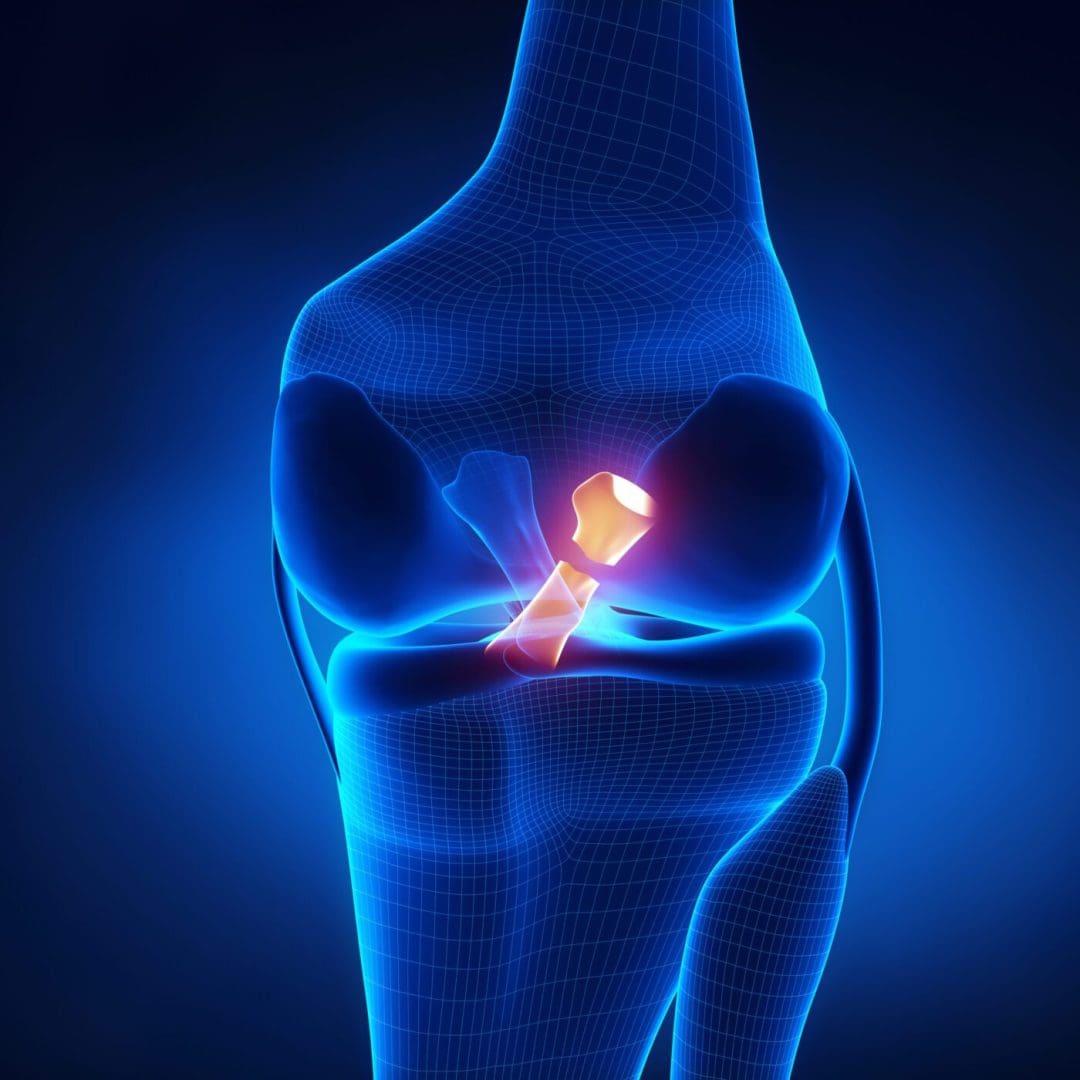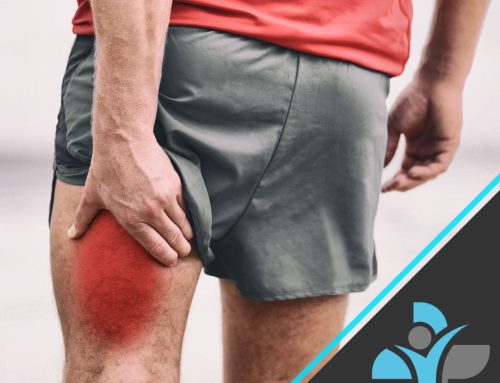
Overview
Anterior cruciate ligament (ACL) is one of the most injured area of the lower body. The ACL is a strong band of tissue that connects your femur to your tibia. These injuries are mainly common in people who partake in sporting activities such as running, football basketball and netball. This is due to the sports involving a lot of pressure onto the knee, with quick agility movements and changing direction suddenly.
Normally people will know instantly when they have injured the ACL as you will hear a loud popping sound, the knee will suddenly feel weak and painful, unable to put any weight onto the joint. It is important that you seek medical care as soon as possible when this occurs and go and see a doctor for a medical examination.
Anatomy
The ACL ligament is a band of connective tissue which passes from the femur to the tibia bones. The origin of the ACL is the posteromedial corner of the medial aspect of the lateral femoral condyle and inserts into the intercondylar notch of the tibia. The ACL is an important ligament as it provides stability to the knee by preventing the tibia from sliding Infront of the femur.
The main two components of the ACL are the anteromedial and posterolateral bundles, thee insert into the tibial plateau. When the knee is in extension the posterolateral bundle is very tight and the anterolateral bundle is laxed, when the knee is then flexed the ACL changes its positioning causing the AMB to allowing the ligaments to hold more anterior tibial load. When this area is injured, it can be hard for the joint to hold its normal function.
Injury to ligaments is usually graded on a severity scale:
Grade 1: The ligament is mildly damaged and has been slightly stretched but will still be able to keep the knee stable.
Grade 2: The ligament will be stretched to a point where it becomes loose, commonly known as a partial tear.
Grade 3: This is usually known as a full rupture/ tear of the ligament where it has been split, leaving the joint unstable. A grade 3 tear is so common with the anterior cruciate ligament.

Symptoms
Common signs and symptoms of ACL injuries are:
- Loud popping of the knee
- Pain when walking/ inability to walk
- Instability
- Difficulty putting weight on the knee joint
- Excessive swelling
- Constant pain
Causes
There are a number of things that can cause these injuries, usually, but not always, around sports. Such as:
- Sudden change in direction.
- Planting the foot into the ground whist twisting the leg.
- Landing awkwardly from a jump.
- Someone else may cause the injury.
- Sudden jolt/ stop causing too much pressure onto the knee ligament.
Diagnosis
For the diagnosis of ACL injury your doctor will check your knee for swelling and tenderness, comparing your injured knee to your uninjured knee. The doctor may also move your knee into a variety of positions to assess range of motion and overall function of the joint testing for stability and strength.
Some scans such as an MRI may be used, however a Rupture is easily diagnosed through sight and various movement tests as described above.
Treatment
Once the ACL has encountered a complete rupture, the main treatment to fix this would be surgery. The main focus will be on rebuilding the ACL, this will consist of a complete restructure of the ligament. The doctor will replace the ligament with tissue graft of a tendon, by doing this it allows the graft to act as added support for a new ligament to grow onto.
Other options such as physiotherapy would be recommended to help strengthen and help support the knee joint to get back to its normal function. Exercises and rehabilitation programmes should only be completed once swelling has reduced. Wearing a brace may also be helpful to reduce instability of the knee joint, as well as crutches to take pressure of the knee when walking.
Exercises
Once the rupture has been treated through surgery there is a long road of rehabilitation ahead. Please seek a professional consultation with a registered sports therapist or physiotherapist to get a detailed plan. In the interim, the below exercises can help stregnthen and get you back on the road.
- Heel slides
- Isometric Quad contractions
- Prone knee flexion
- Heel raises
- Half squats
- One leg stands and hold
- Isometric knee flexion and extension
- Resist knee bike upright
Prevention
The only real way to stop this injury from happeneing would be not to play sports or change direction too quickly. This however would not be practical. You can however help to strengthen the knee to make this injury less likely using the exercises above and to strengthen the quads in various other ways you see fit.



